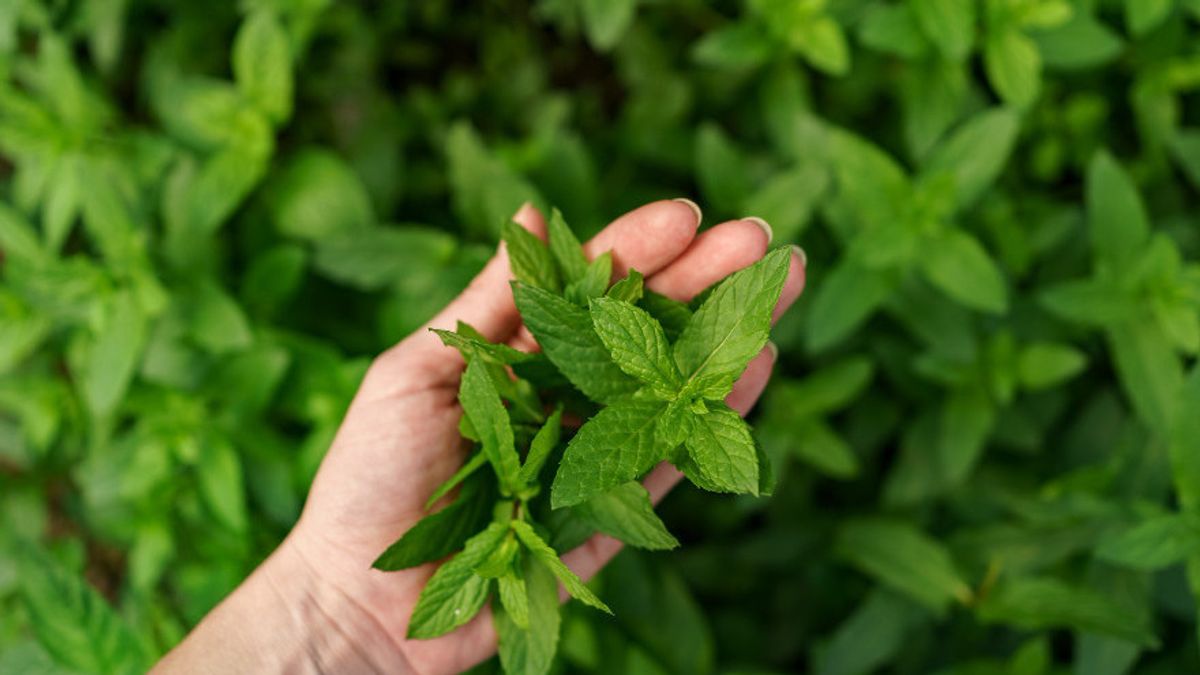YOGYAKARTA - Family medicinal plants (toga) can be used as herbal medicine to treat various diseases. As the name suggests, toga is a nutritious plant grown in the family environment or yard.
Families at home can use toga plants to be made into traditional medicinal ingredients. With the presence of toga plants in the yard, the family can use them as medicine when experiencing health problems.
Toga plants can be processed in the form of drinks or food mixtures for consumption. In Indonesia itself, there are various toga plants that usually grow wild or are deliberately planted in the yard. So what are the types of toga plants and their properties?
Many Indonesians have cultivated toga plants. Toga plants are in great demand because they have the efficacy of being able to cure diseases. In terms of health, toga plants can be useful as a preventive effort (disease prevention), promotive (increase of health), curative (healing of disease), and rehabilitation (health recovery).
There are various types of toga plants that can be cultivated or used by the community. Here are some types of toga plants that you need to know:
one of the types of toga plants that is very popular used as herbal medicine is ginger. Ginger is a season-old herbal plant that is about 40-50 cm high. This plant contains atsiri Zingiberena oil which has good health properties.
There are three types of ginger that can be found, namely red ginger, emperte ginger, and elephant ginger. Consumption of ginger can help overcome coughs, relieve headaches, overcome flatulence, increase appetite, and so on.
Cat kumis is also a toga plant that has effective properties for health problems. This plant is wet and upright which is often found in the garden or yard of the house. Cat kumis can be used as a drug to facilitate urinary or diuretic spending.
Cat mustache plants are also believed to be able to overcome windfall, constipation, cough, and so on. In addition, these plant leaves are also efficacious for the treatment of kidney stones, kidney inflammation, diabetes, albuminuria, and others.
Kunyit is known as a toga plant which is commonly used as a material for making herbal medicine. This plant can be used as herbal medicine to treat various diseases, such as comorbidities, amendals, uterine inflammation, asthma, constipation, and others.
The cumalwak is also included in the ranks of toga plants which are widely processed to overcome health problems. Plants that can grow up to 2.5 meters are easy to grow and are cultivated at home. The cumalawak has various health benefits, ranging from overcoming headaches, treatment of kidney disease, relieve hip pain, runoff pain, overcoming windfall, and others.
SEE ALSO:
Other toga plants that are easy to find are betels. These propagating plants are often sold in markets or supermarkets so it is not difficult to get them. Sirih stores various important ingredients that are useful for eliminating smell, overcoming acne, treating eczema, easing filtering and coughing, and so on.
Other types of toga plants that are often found in the yard of the house are kemangi leaves. This plant is known for its properties that can neutralize toxins in food. Kemangi leaves are also useful for increasing the body's immune system, increasing stamina, as natural antiseptics, improving liver function, and others.
Those are the reviews of types of toga plants and their properties for health. A number of plants above are easy to grow and cultivated at home, so they are suitable as family medicinal plants. Also read the benefits of meeting ireng for health.
Stay up to date with the latest domestic and other overseas news on VOI. We present the latest and most updated nationally and internationally.
The English, Chinese, Japanese, Arabic, and French versions are automatically generated by the AI. So there may still be inaccuracies in translating, please always see Indonesian as our main language. (system supported by DigitalSiber.id)















